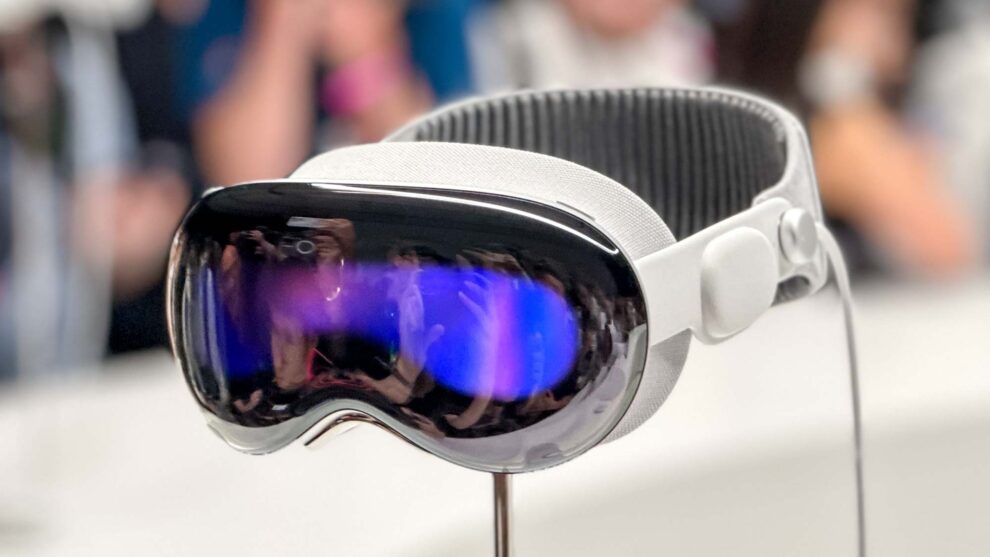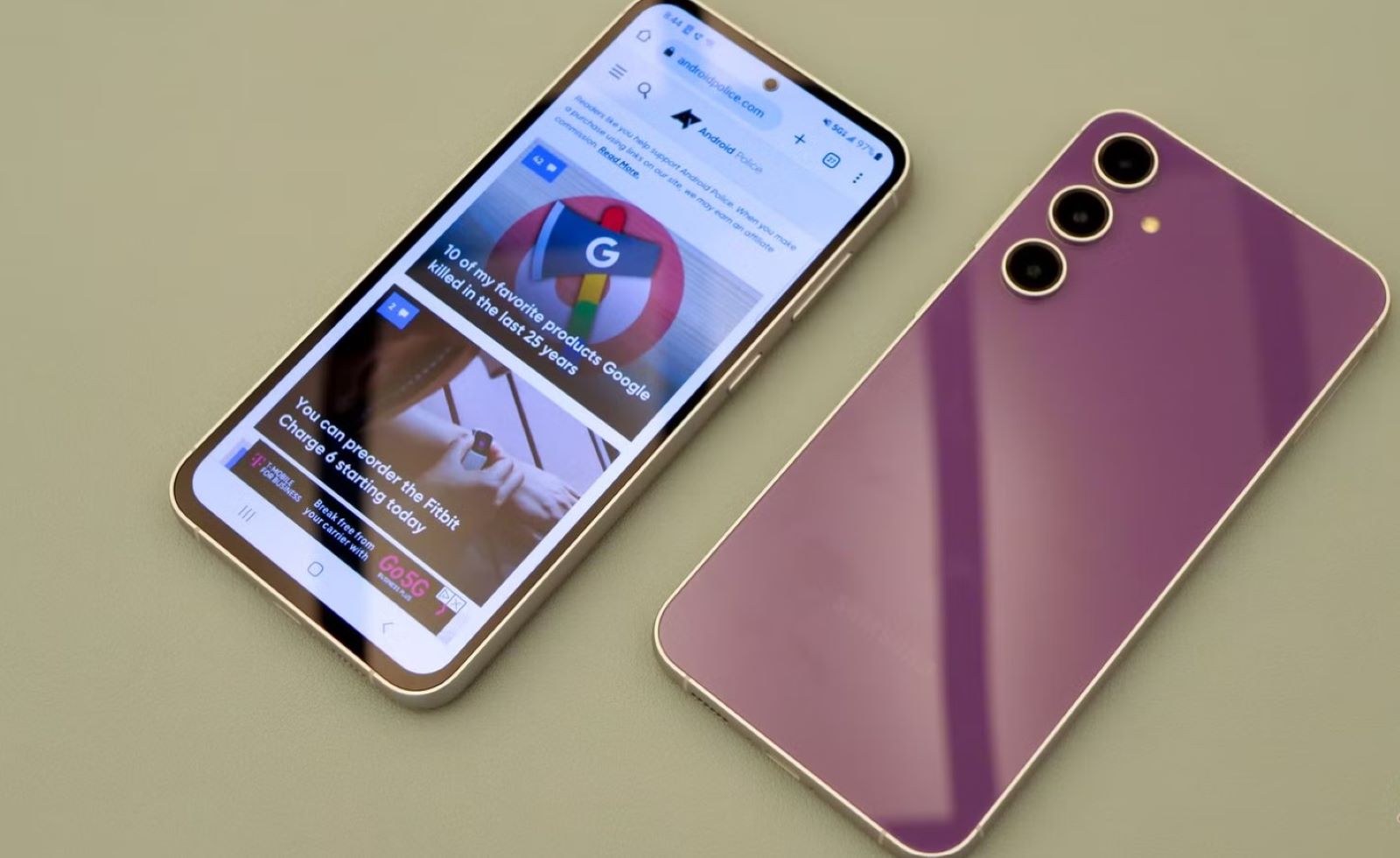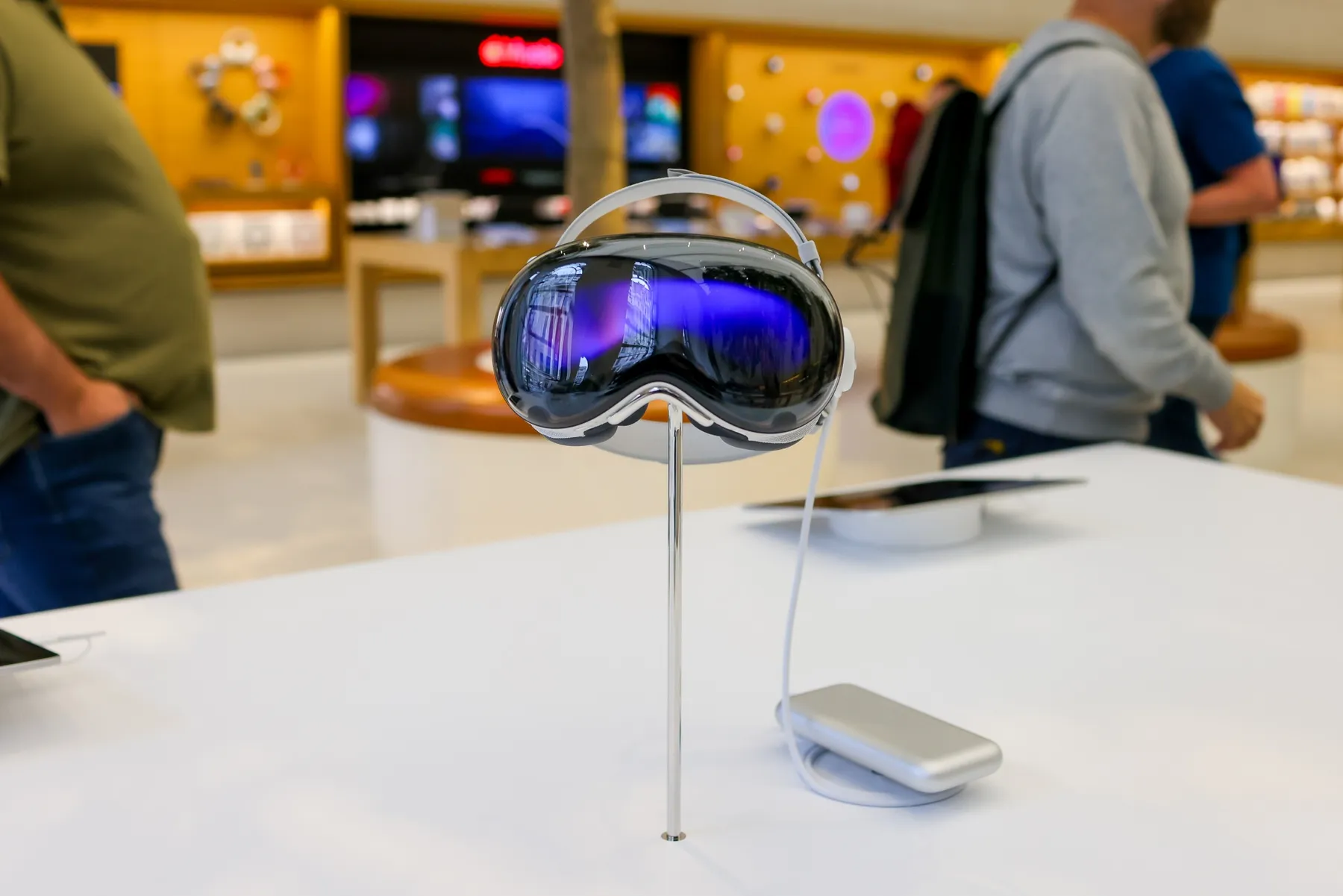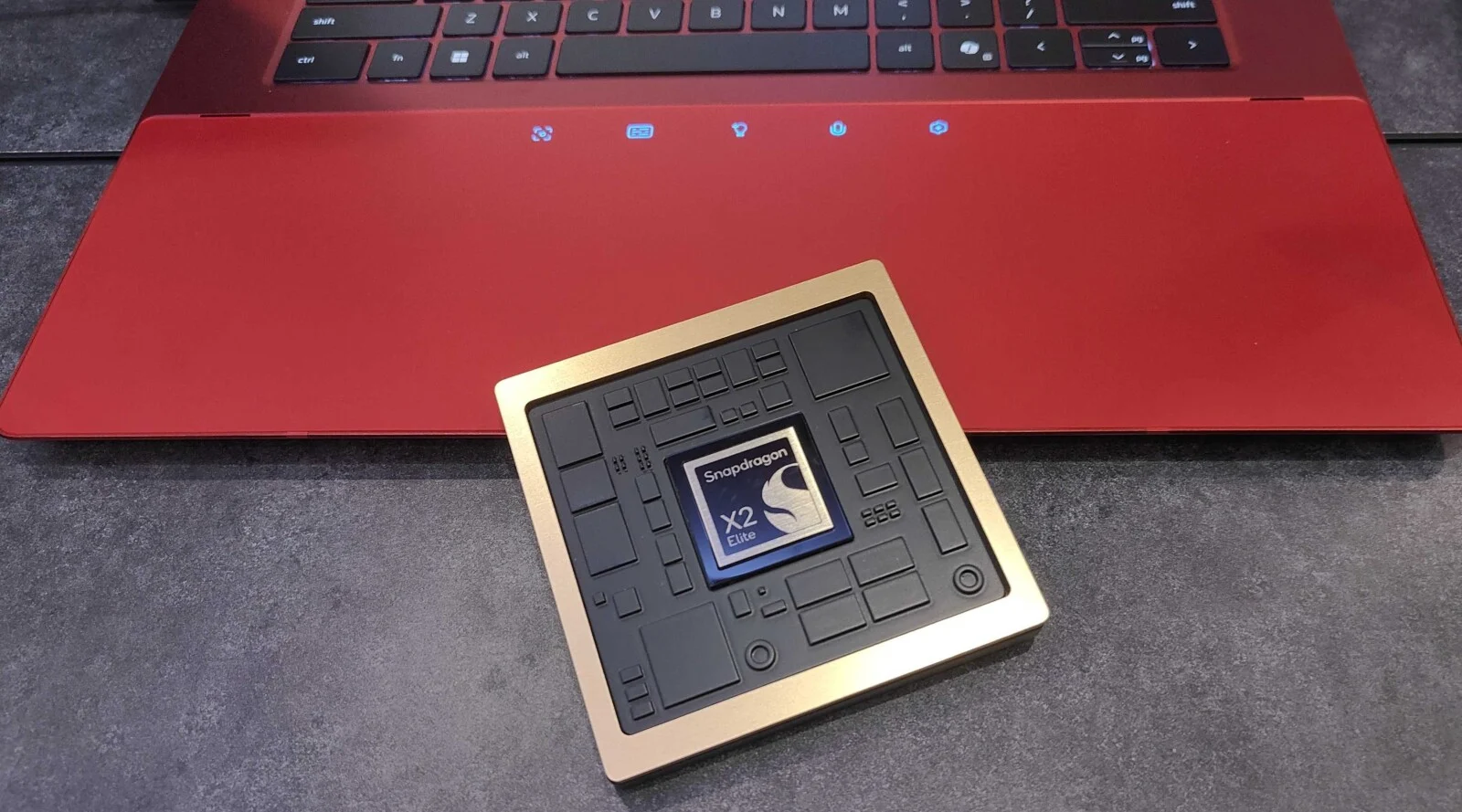Could Apple already be cooking up the next iteration of its groundbreaking spatial computer? Just weeks after the highly anticipated launch of the original Vision Pro, whispers and reports are emerging, suggesting that work on the Apple Vision Pro 2 might be further along than anyone expected. This news has sent ripples of excitement and speculation throughout the tech world, leaving many wondering what improvements and surprises Apple could have in store for its second-generation headset.
While the initial Vision Pro has been lauded for its stunning visuals, immersive experiences, and cutting-edge technology, it also comes with a hefty price tag and some limitations. These factors likely fuel Apple’s drive to innovate and refine the product, potentially leading to a faster development cycle for its successor.
So, what exactly are these rumors hinting at? While official confirmation from Apple remains elusive, several reports and analyst insights provide a tantalizing glimpse into what the Vision Pro 2 could entail.
One of the most persistent rumors revolves around cost reduction. The $3,499 price tag of the first-generation model puts it out of reach for many consumers. Sources suggest that Apple is actively exploring ways to bring down the cost of the Vision Pro 2, potentially through the use of more affordable components or a different manufacturing approach. This could significantly broaden the appeal of the device and accelerate its adoption.
Another area of focus is likely to be performance and efficiency. While the current Vision Pro boasts impressive processing power with its dual-chip design (M2 and R1), there’s always room for improvement. The Vision Pro 2 could feature an even more powerful and energy-efficient chip, potentially the next generation of Apple’s silicon, leading to smoother performance, longer battery life, and the ability to handle even more demanding applications.
Comfort and design are also expected to be key areas of improvement. Some users have reported the current Vision Pro feeling somewhat heavy after extended periods of use. Apple engineers are likely working on ways to make the headset lighter and more comfortable to wear, possibly by using different materials or refining the overall design. A more streamlined and less bulky design could also enhance the aesthetic appeal of the device.
Beyond these core improvements, rumors also point to potential advancements in display technology. The micro-OLED displays in the current Vision Pro are already incredibly sharp, but Apple could be exploring even higher resolutions, wider fields of view, and improved brightness and contrast for the Vision Pro 2. This would further enhance the immersive experience and blur the lines between the virtual and real worlds.
Enhanced sensor technology is another area where significant advancements could be made. The current Vision Pro uses a sophisticated array of cameras and sensors for tracking and spatial awareness. The next generation could incorporate even more advanced sensors, potentially improving hand tracking accuracy, enabling more precise object recognition, and expanding the range of interactive possibilities.
Some reports even speculate about the possibility of a more consumer-focused version of the Vision Pro 2, potentially with a slightly different feature set and a lower price point. This could allow Apple to cater to a wider audience and further establish its presence in the nascent spatial computing market.
While these rumors offer an exciting glimpse into the potential future of the Apple Vision Pro, it’s crucial to remember that they are based on speculation and reports from industry insiders. Apple has not officially confirmed the existence or development of a second-generation headset.
However, given Apple’s track record of continuous innovation and its ambitious vision for spatial computing, it seems highly probable that a Vision Pro 2 is indeed in the works. The speed at which these rumors are surfacing suggests that Apple might be aiming for a relatively quick follow-up to its initial offering.
The launch of the original Vision Pro has already sparked a wave of interest and excitement in the potential of spatial computing. A refined and more accessible second-generation model could be a game-changer, accelerating the adoption of this technology and opening up new possibilities for how we work, play, and connect with each other.
The prospect of a more affordable, more comfortable, and even more powerful Apple Vision Pro 2 is certainly enticing. As the spatial computing landscape continues to evolve, all eyes will be on Apple to see what groundbreaking innovations they unveil next. For now, the rumors serve as a tantalizing reminder of the exciting future that lies ahead in the world of immersive technology.








